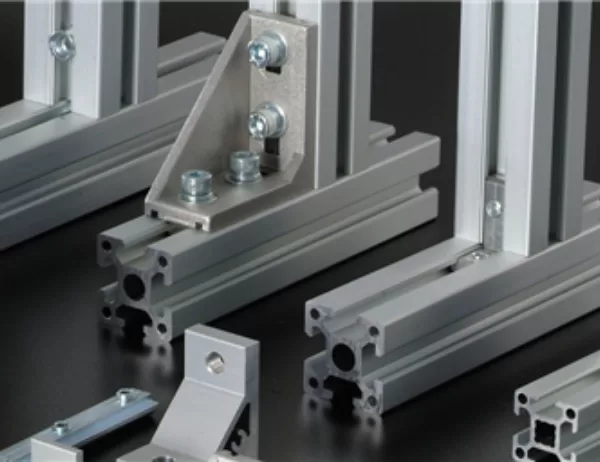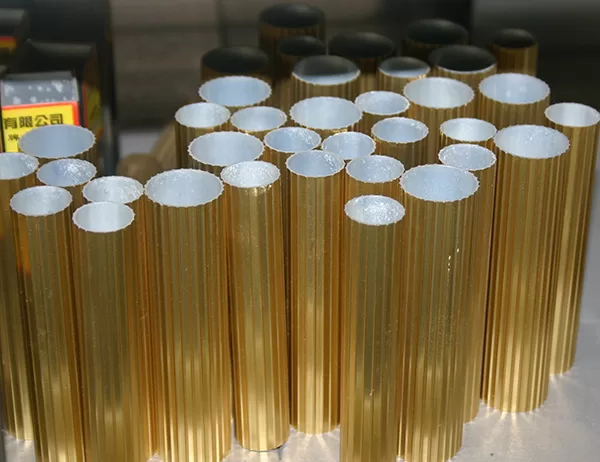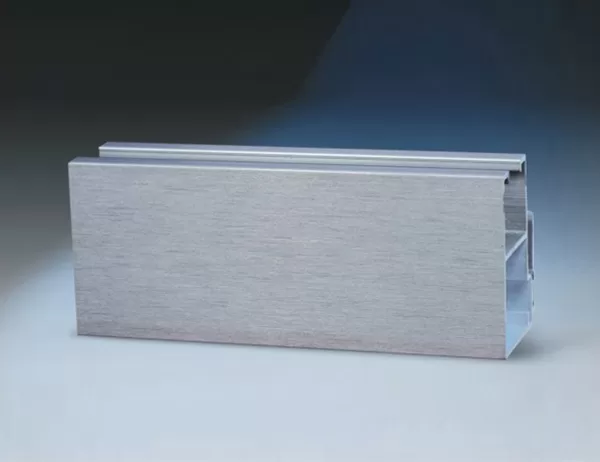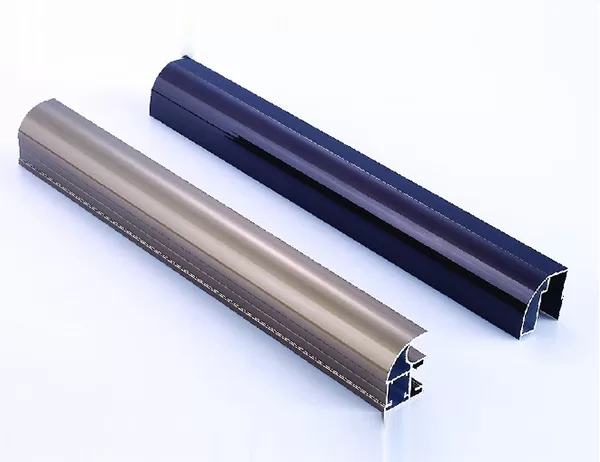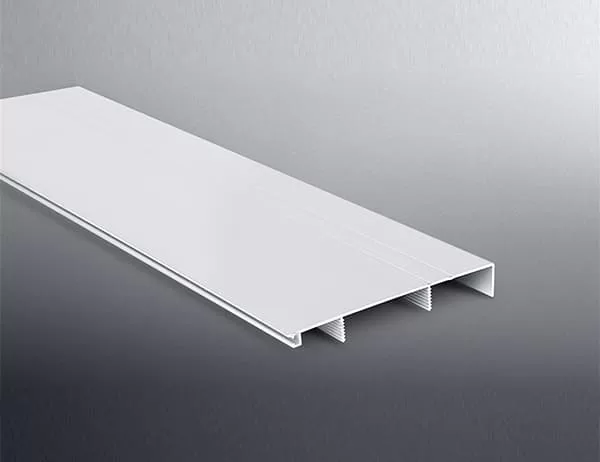Advances in Aluminum Formwork Technology: Unveiling the Latest Innovations
“Innovations in Aluminum Formwork Technology: What’s New?” explores groundbreaking advancements in the construction industry, transforming the way concrete structures are built. Aluminum formwork systems have revolutionized formwork practices, offering numerous benefits that traditional methods cannot match. This article highlights the latest innovations in aluminum formwork technology, shedding light on its vast potential and impact on the building sector.
Increased Versatility and Design Flexibility
One of the most significant innovations in aluminum formwork is its enhanced versatility. Aluminum panels can be customized to accommodate complex geometrical shapes and intricate architectural designs. They can be easily bent, curved, and shaped to create unique structures that were once difficult or impossible to achieve with traditional formwork systems. This increased flexibility empowers architects and engineers to express their creativity and push the boundaries of architectural innovation.
Lightweight and Durable Construction
Aluminum formwork systems are remarkably lightweight, reducing the load on the structure and making them easier to handle and assemble. Despite their lightweight nature, aluminum panels are highly durable and can withstand the demands of construction processes. They are resistant to corrosion and weathering, ensuring longevity and minimizing maintenance costs over the lifespan of the structure.
Enhanced Speed and Efficiency
Aluminum formwork systems offer significant advantages in terms of speed and efficiency. Their modular design allows for rapid assembly and disassembly, reducing project timelines. The lightweight panels are easy to transport and handle, eliminating the need for heavy machinery or specialized labor. This streamlined construction process results in substantial time and cost savings, making aluminum formwork an attractive option for contractors.
Improved Safety Standards
Aluminum formwork systems prioritize safety on construction sites. Their lightweight nature reduces the risk of accidents and injuries during handling and installation. The anti-slip surfaces and secure locking mechanisms ensure a safe working environment for operatives. Additionally, aluminum formwork systems are non-combustible, enhancing fire safety and minimizing potential hazards on site.
Sustainable and Environmentally Friendly
Aluminum formwork systems contribute to sustainable construction practices. Aluminum is a highly recyclable material, reducing waste generation and environmental impact. The durability of aluminum formwork ensures multiple uses, further minimizing waste and promoting a circular economy. Additionally, the reduced transportation weight due to the lightweight panels lowers carbon emissions associated with logistics.
Conclusion
“Innovations in Aluminum Formwork Technology: What’s New?” showcases the remarkable advancements that have transformed the construction industry. The increased versatility, lightweight and durable construction, enhanced speed and efficiency, improved safety standards, and environmental sustainability of aluminum formwork systems make them an indispensable tool for modern construction projects. As the industry continues to evolve, the adoption of these innovations will pave the way for even more efficient, cost-effective, and environmentally conscious construction practices.
